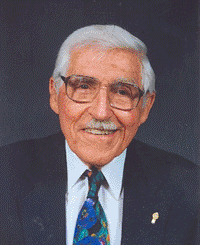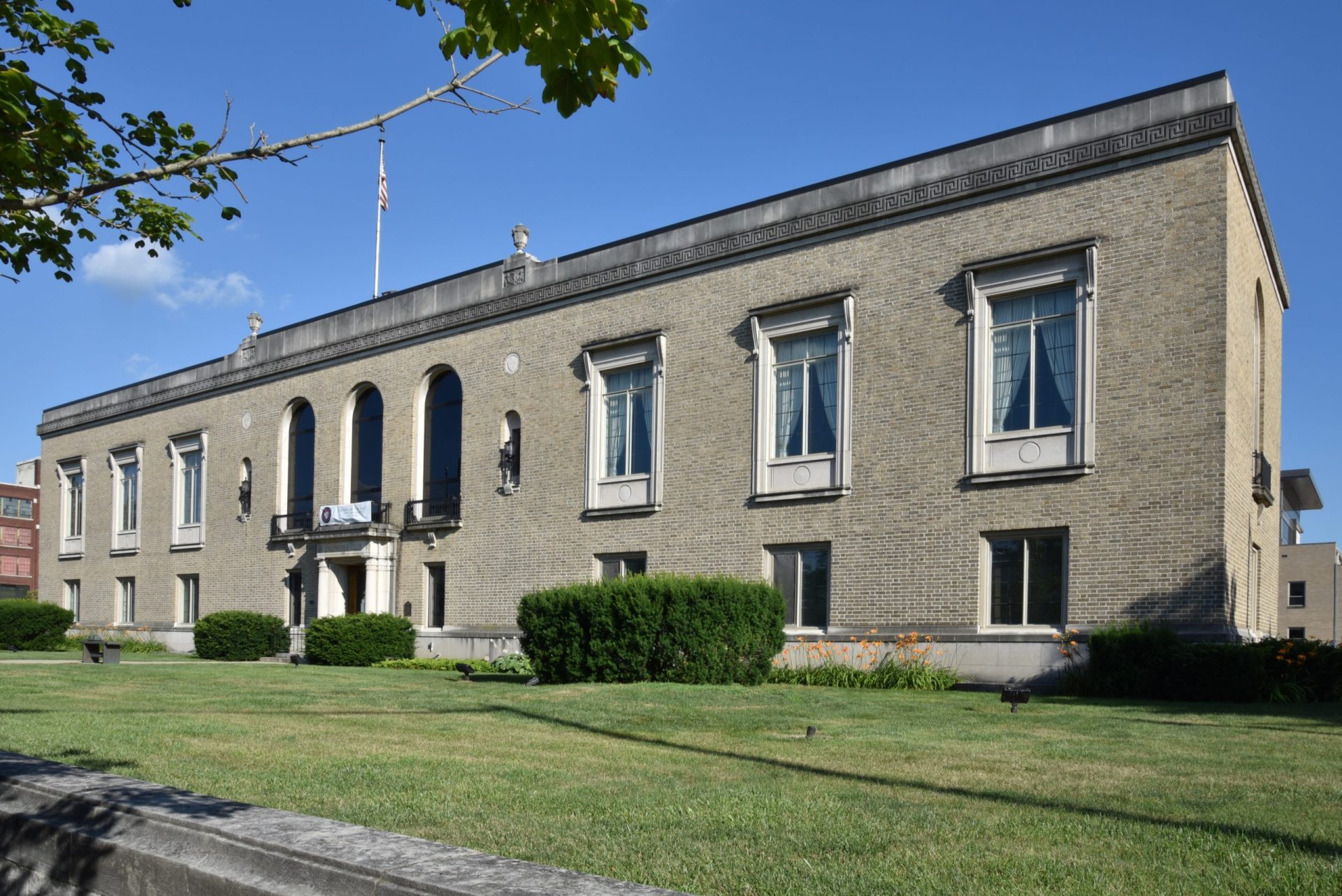
1913 – 2000
Developed convenient diagnostic test techniques
Enshrined: 1996
Major Field of Study: Chemistry, Biochemistry, and Clinical Chemistry
Specific Accomplishment: Alfred H. Free was the husband in the husband-and-wife team of biochemists who revolutionized diagnostic urine testing with their invention of an easy-to-use, chemically coated paper dipstick that measures a patient’s blood sugar by changing color when dipped in a urine sample. With his wife, Helen Murray Free, he co-developed diagnostic test strips (ubiquitous “dip-and-read” tests) for glucose and other parameters in urine.
Home Town: Bainbridge, Ohio
High School: Bainbridge, Ohio
Bachelor’s Degree: AB in Chemistry (magna cum laude) from Miami University in Oxford, Ohio (1934)
Advanced Degrees: MS (1936) and Ph.D. in Biochemistry (1939) from Western Reserve University in Cleveland.
Engineering and Science Achievements:
Alfred H. Free is known for his work as inventor and developer of the dry reagent urinalysis dipsticks that have had a major place in laboratory medicine since the mid-1950s. He formed an extraordinary partnership with his wife, Helen, and together they developed Clinistix®, the first “dip-and-read” test for glucose in urine. Helen and Alfred went beyond testing for glucose and developed other strips for testing levels of key indicators of disease. Once they achieved success with a number of different test strips, they turned their attention to combining more than one test on a single strip. By 1981 they had developed Multistix®, a strip for urinalysis that had 10 different clinical tests on a single strip. Their inventions revolutionized diagnostic urine testing.
Additional Details:
Although few alive today can recall a time when doctors and patients had trouble determining the level of glucose and other substances in urine and blood, there was a time when lack of sufficient measurement tools made it difficult to manage a host of diseases, including diabetes as well as other metabolic diseases and kidney and liver conditions. Today thanks to diagnostic chemistry, self-management of these diseases is an easier process because of the development of diagnostic test strips by Alfred and Helen Free and their research team at Miles Laboratories.
In 1946, Alfred Free joined the Ames Division of Miles Laboratories to set up a biochemistry division. Free had a Ph.D. in biochemistry from Western Reserve University and additional research experience at the Cleveland Clinic. As he assembled his research team, Helen Murray, a young woman working as a quality control chemist at Miles, interviewed for a position. Free hired her, and in 1947 they married, starting a long personal and professional relationship.
Free’s team first improved Miles’ existing Clinitest tablet by making it more sensitive, and then turned to the detection of ketones, a second key test for diabetes. This resulted in Acetest®. After several more innovations, Free wondered if there were a better way to do the test. His wife remembers: “It was Al who said, ‘You know, we ought to be able to make this easier and even more convenient than tablets, so no one would have to wash out test tubes and mess around with droppers…We could get rid of the dropper if we just dipped the paper into the urine.’ That’s what started it.”
As a result, Free worked with his wife to move the tests from tablets to strips, introducing the Clinistix® “dip-and-read” test in 1956. It was the first dip-and-read diagnostic test strip for monitoring glucose in urine. By 1981 they had developed Multistix®, a strip for urinalysis that had 10 different clinical tests on a single strip.
Patents and Publications:
Dr. Free was the author or co-author of more than 200 scientific papers and the co-holder of 15 major patents.
He and his wife coauthored two books on urinalysis.
Awards and Honors received by Alfred H. Free:
In 1982, Alfred H. Free received the 17th AACC (American Association for Clinical Chemistry, which is a global scientific and medical professional organization dedicated to clinical laboratory science and its application to healthcare) Award for Outstanding Contributions through Service to Clinical Chemistry as a Profession.
Both Dr. Free and his wife were inducted into the Engineering and Science Hall of Fame in 1996 and the National Inventors Hall of Fame in 2000.
Dr. Free has also received the Diploma of Honor of the Association of Clinical Scientist and the Service Award of the St. Joseph Valley Section of the American Chemical Society.
He was a past president of the Association of Clinical Scientists and a past director of the American Board of Clinical Chemistry. He has lectured at national and international meetings in the U.S.A., Europe, Latin America, Africa, and the Orient. He also served as a visiting professor of chemistry at Goshen College.
References:
Helen Murray Free, interview by James J. Bohning in Elkhart, Indiana, 14 December 1998 (Philadelphia: Chemical Heritage Foundation, Oral History Transcript #0176)
https://www.chemheritage.org/historical-profile/helen-and-alfred-free
https://www.aacc.org/community/awards/hall-of-fame/bios/a-to-k/alfred-free
Development of Diagnostic Test Strips: https://www.acs.org/content/acs/en/education/whatischemistry/landmarks/diagnosticteststrips.html

